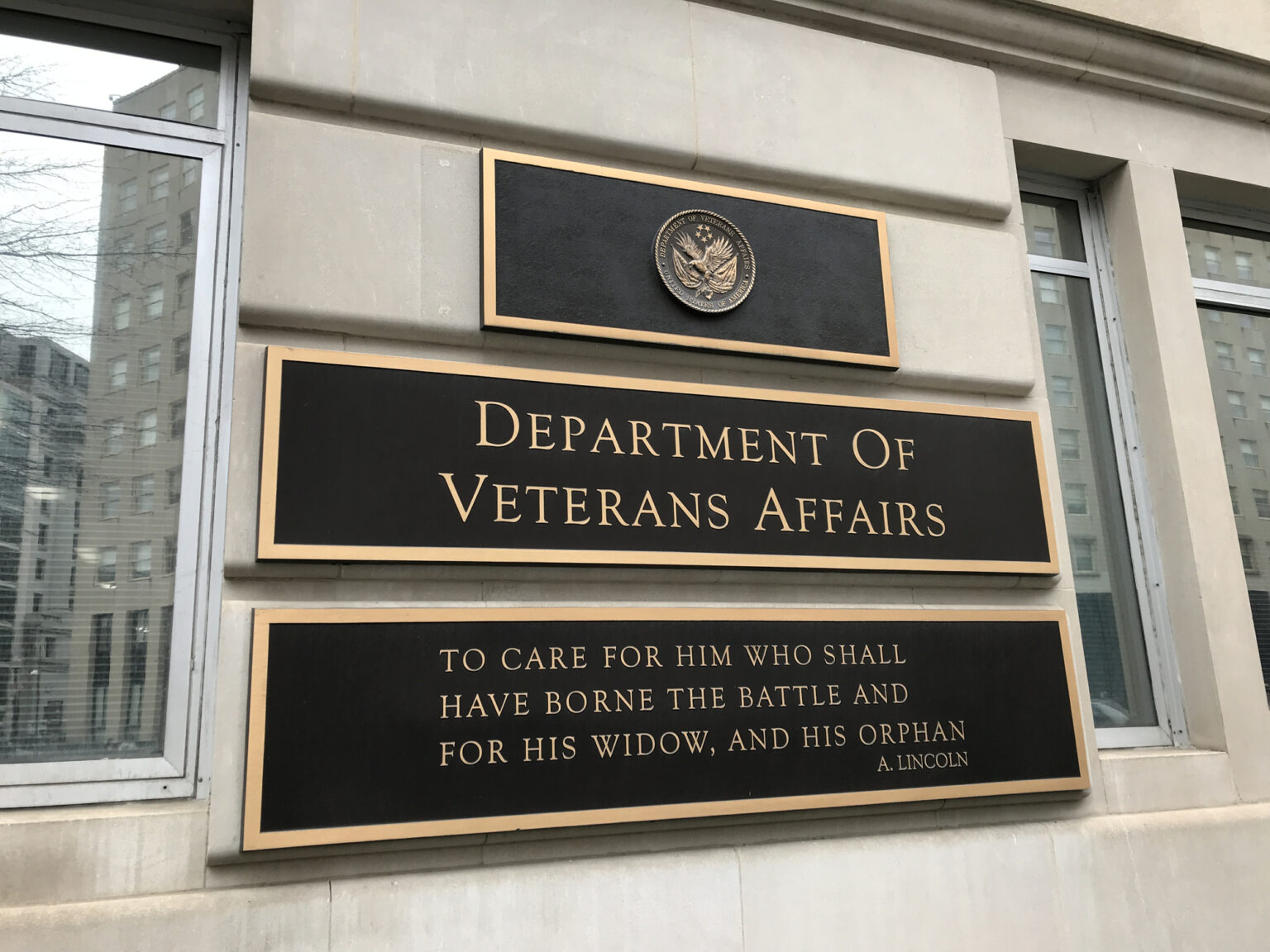The Department of Veterans Affairs (VA) has announced it is redirecting nearly $45 million a year from union-related expenses to veterans’ programs.
Why It Matters
The announcement follows the termination of most collective bargaining agreements with unions on August 6. The agency said the change will shift resources previously used for union activities toward services for veterans, families, caregivers and survivors.
The decision follows a March executive order signed by President Donald Trump that eliminated collective bargaining rights for many federal employees. A White House fact sheet about the order cited national security concerns, saying that certain “federal unions have declared war on President Trump’s agenda.”
What To Know
On August 6, the VA announced it had ended contracts with five major unions: the American Federation of Government Employees (AFGE), the National Association of Government Employees, the National Federation of Federal Employees, the National Nurses Organizing Committee/National Nurses United and the Service Employees International Union.
On the same day, the VA announced the termination of union contracts for most bargaining-unit employees, reducing the number of workers with union status from about 375,000 to approximately 7,000.
In its reporting, the VA noted that in fiscal year 2024. it authorized 1,961 employees to spend nearly 750,000 hours on union work at a cost of $39.75 million—figures that are consistent with data from the federal Office of Personnel Management on taxpayer-funded union time.
The VA cited numerous cases where senior, skilled staff were paid to conduct union business instead of serving veterans. More than 1,000 employees in direct patient-care roles were on taxpayer-funded union time, alongside six registered nurses earning nearly $1.2 million a year, collectively, five attorneys earning $1.25 million in total, and four pharmacists making over $700,000 collectively.
The agency added that it has reclaimed more than 180,000 square feet of office space valued at about $5.4 million and recovered over 2,000 pieces of IT equipment worth an estimated $600,000.
“Now VA employees will have hundreds of thousands more square feet of office space in which to work,” the release reads. President Trump mandated that all federal workers should return to working in-person at the start of his second term.
What People Are Saying
VA Secretary Doug Collins said: “VA staff will now get to spend more time with veterans, VA facilities can focus on treating veterans, and VA can manage its staff according to veterans’ needs and national security requirements, not union demands.”
However, the move has been heavily criticized by the unions involved.
AFGE National President Everett Kelley said in a news release on August 11: “The real reason Collins wants AFGE out of the VA is because we have opposed the Trump administration’s plan [to] dismantle veteran health care through the cutting of 83,000 jobs, successfully fought against the disastrous and anti-veteran recommendations from the Asset Infrastructure Review (AIR) Commission that would have shut down several rural VA hospitals and clinics, and consistently educated the American people about how private, for-profit veteran health care is more expensive and results in worse outcomes for veterans.”
National Nurses United said in a statement on August 6: “President Trump continues waging class warfare against working people of America.
“This is just the latest salvo in the battle to break the spirit of working people in this country. But we will not be broken. We will continue to fight for and assert our constitutionally guaranteed collective bargaining rights and to speak freely against policies that hurt veterans and the public. That is our duty as nurses, and we will continue to be fierce advocates for our patients. This is in spite of Trump’s administration unprecedented, outrageous, and irresponsible attacks.”
What Happens Next
The VA said it would repurpose reclaimed space to expand administrative and clinical services across multiple facilities, and that return-to-office policies would accompany broader efforts to align staff with veterans’ needs.
The agency noted that return-to-in-person work requirements for bargaining-unit employees would be announced at a later date.
Read the full article here

